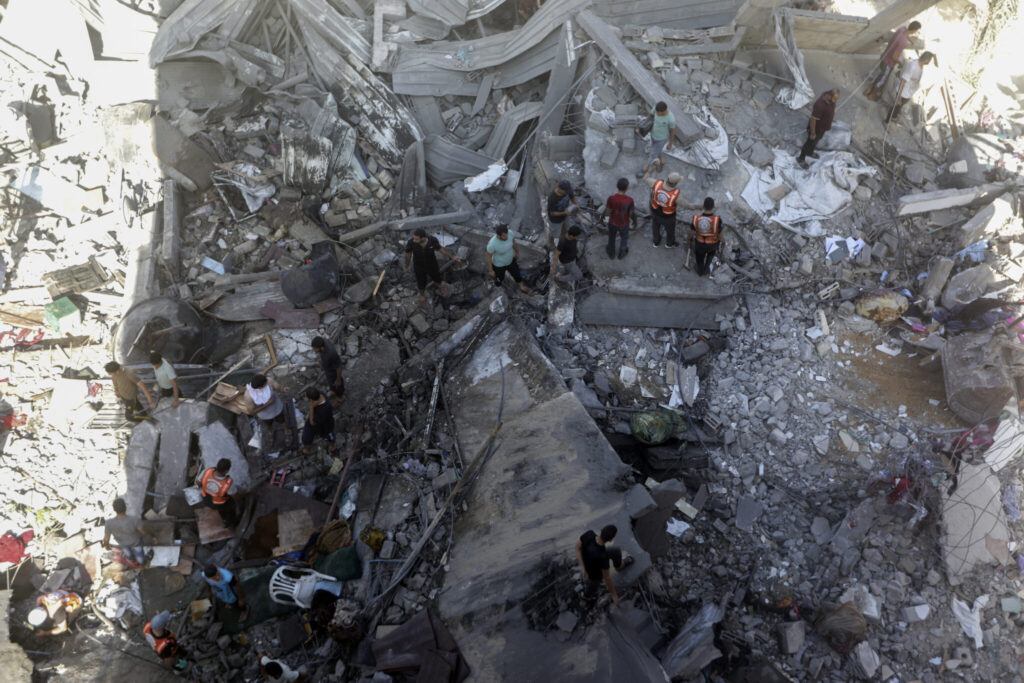Israeli troops divided the northern and southern parts of Gaza, as communications across the besieged territory were temporarily cut Monday for a third time since the war started. The troops are expected to enter Gaza City on Monday or Tuesday, Israeli media reported. The Palestinian death toll in the Israel-Hamas war surpassed 10,000, including more than 4,100 children and 2,640 women, according to the Hamas-run Health Ministry in Gaza. The developments came after Israeli airstrikes hit two refugee camps in the central Gaza Strip on Sunday, killing scores of people, health officials said. Israel has so far rejected U.S. suggestions that it take a humanitarian pause from its relentless bombardment of Gaza and the rising civilian deaths. In the occupied West Bank, more than 140 Palestinians have been killed in violence and Israeli raids. More than 1,400 people in Israel have been killed, most of them in the Oct. 7 Hamas attack that started the fighting, and 242 hostages were taken from Israel into Gaza by the militant group. Roughly 1,100 people have left the Gaza Strip through the Rafah crossing since Wednesday under an apparent agreement among the United States, Egypt, Israel and Qatar, which mediates with Hamas.
Quick Read
- Israeli forces have segregated Gaza into northern and southern regions, with communications disrupted for the third time since the conflict began.
- Israeli troops may soon enter Gaza City, with local media expecting this to happen by Monday or Tuesday.
- The Palestinian death toll reported by the Hamas-run Health Ministry in Gaza exceeds 10,000, including over 4,100 children and 2,640 women.
- Following recent Israeli airstrikes on refugee camps in Gaza, there have been significant casualties.
- The U.S. suggestion of a humanitarian pause has been rejected by Israel amidst increasing civilian deaths.
- Over 140 Palestinians have been reported killed in the West Bank due to violence and Israeli military operations.
- Israel has suffered over 1,400 fatalities, primarily from the initial Hamas attack on October 7, and 242 individuals have reportedly been taken hostage by Hamas into Gaza.
- Around 1,100 individuals have exited Gaza through the Rafah crossing, possibly due to an agreement involving the U.S., Egypt, Israel, and Qatar.
- Gaza’s largest hospital, al-Shifa, experienced damage to its roof due to an Israeli strike, with reported fatalities and injuries among those taking shelter there.
- Hamas denies Israel’s accusations of using hospital areas for military purposes, challenging the U.N. to verify these claims.
- Hamas has declared the launch of 16 rockets towards northern Israel, targeting Nahariya and the outskirts of Haifa, in response to Israeli strikes on Gaza.
- The Shati refugee camp near al-Shifa hospital witnessed intense Israeli bombardment, causing extensive destruction and casualties, as reported by fleeing Palestinians.
- An airstrike in Khan Younis, southern Gaza, destroyed a residential building, killing at least two people, with a teenage boy being rescued from the debris.
The Associated Press has the story:
Israeli strike damages Gaza’s largest hospital roof, Hamas fired 16 rockets on N Israel
Newslooks- DEIR AL-BALAH, Gaza Strip (AP)
ISRAELI STRIKE DAMAGES A ROOF AT GAZA’S LARGEST HOSPITAL; HAMAS DENIES USING HOSPITALS FOR MILITARY ACTIVITIES
Mohamed Zaqout, general manager of all hospitals in Gaza, said the roof of a building at al-Shifa hospital, Gaza’s largest, was damaged by an Israeli strike, resulting in deaths and injuries.
Speaking on Al-Jazeera, Zaqout said the strike killed displaced people who were sheltering on the top floor. Solar panels that were installed on the roof were destroyed in the attack, he said.
Al-Jazeera showed a video of bloodstained wreckage inside the top floor, where the beds of displaced families were still laid out. Other videos showed smoke rising from the building.
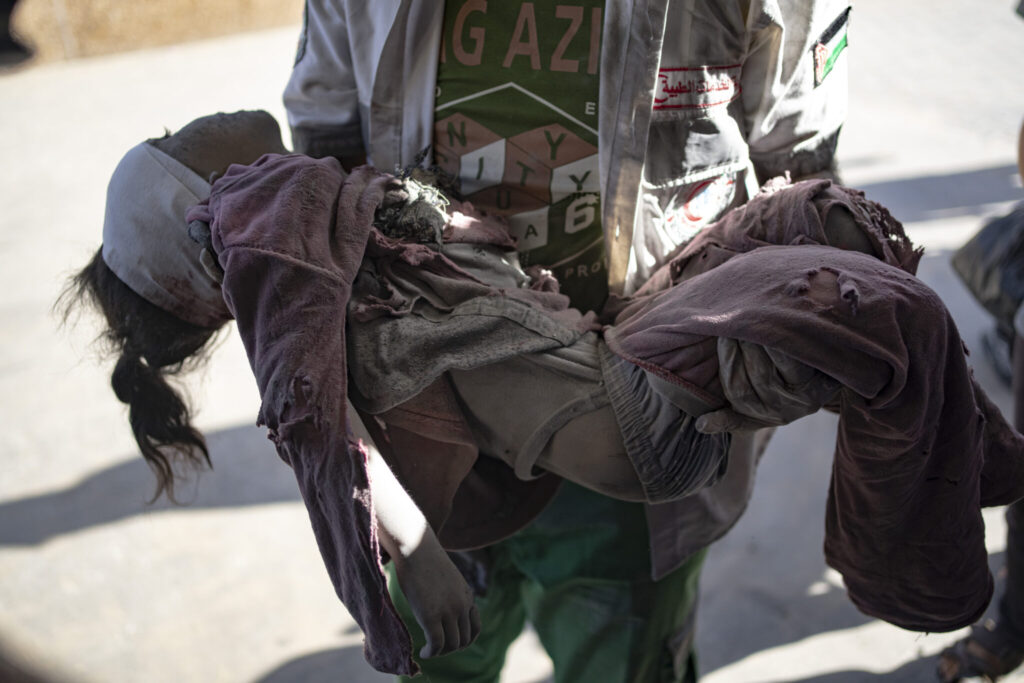
Meanwhile, a senior Hamas official on Monday denied Israeli charges that the militant group has located missiles and rocket launchers near a hospital in the Gaza Strip.
Osama Hamdan told reporters in Beirut that Israel is trying to destroy the medical sector in Gaza to force Palestinians out of their land.
Hamdan also denied Israeli military statements that the group has a tunnel near a hospital in Gaza, saying a hole shown in a photo presented by the Israeli military spokesperson is used for storing fuel.
Hamdan urged the U.N. to send an international committee to visit hospitals to confirm they are not being used by Hamas for military activities.
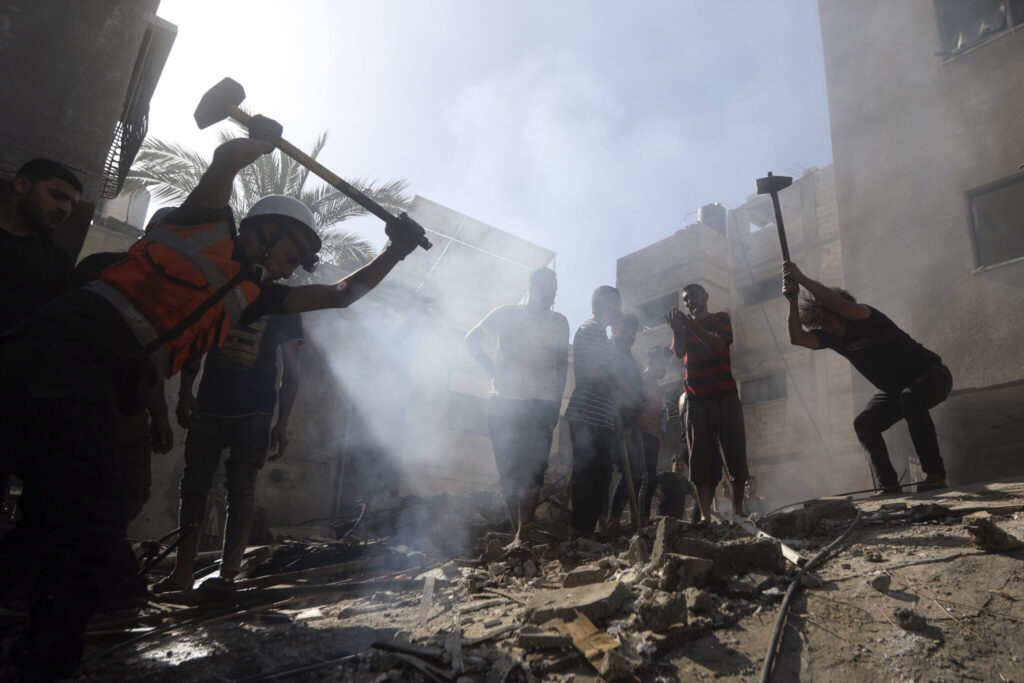
HAMAS SAYS IT HAS FIRED 16 ROCKETS ON NORTHERN ISRAELI TOWN
BEIRUT, Lebanon — The military wing of Hamas says they have fired 16 rockets on the northern Israeli town of Nahariya and the southern outskirts of the city of Haifa in retaliation for Israeli attacks on Gaza.
The Qassam Brigades did not give further details in its statement released Monday but firing rockets toward Haifa is the furthest from Lebanon since clashes began along the border about a month ago.
Hamas fired rockets in the past on northern Israel including Nahariya from Lebanon.
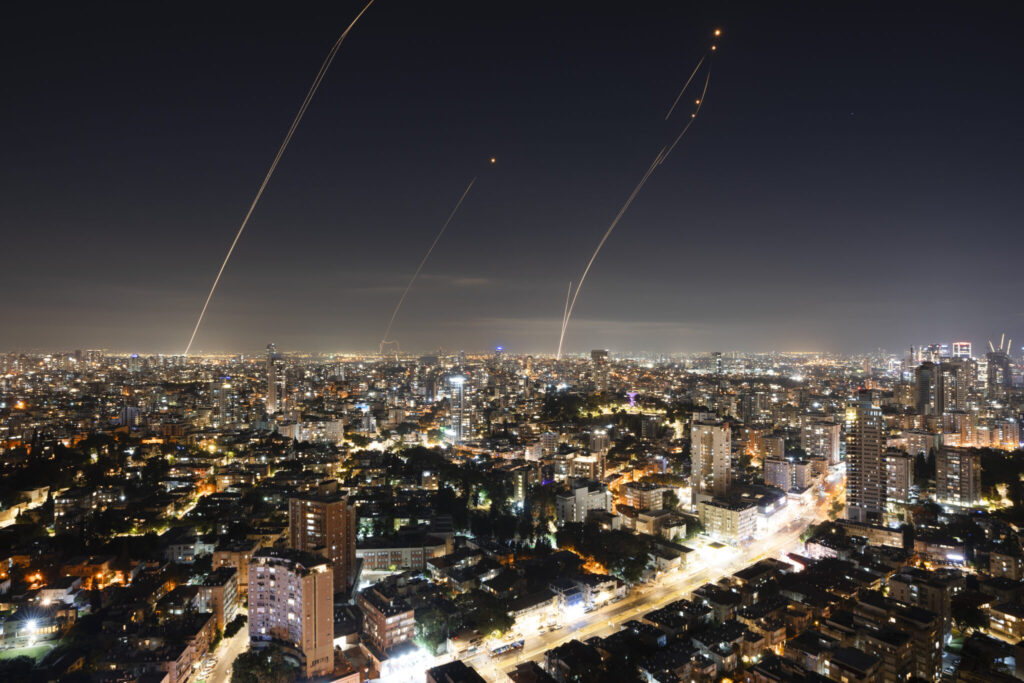
FLEEING PALESTINIANS REPORT ISRAELI BOMBARDMENT OF REFUGEE CAMP
DEIR AL-BALAH, Gaza Strip — Palestinians who fled southward on Monday reported a heavy Israeli bombardment overnight of the Shati refugee camp. They said the Israeli military pounded the camp and the area around al-Shifa hospital during a communications blackout.
Houses across the sprawling camp were reduced to the ground, leaving many dead or wounded under the ruble, they said. First responders and medics worked overnight to retrieve the dead and wounded, they said.
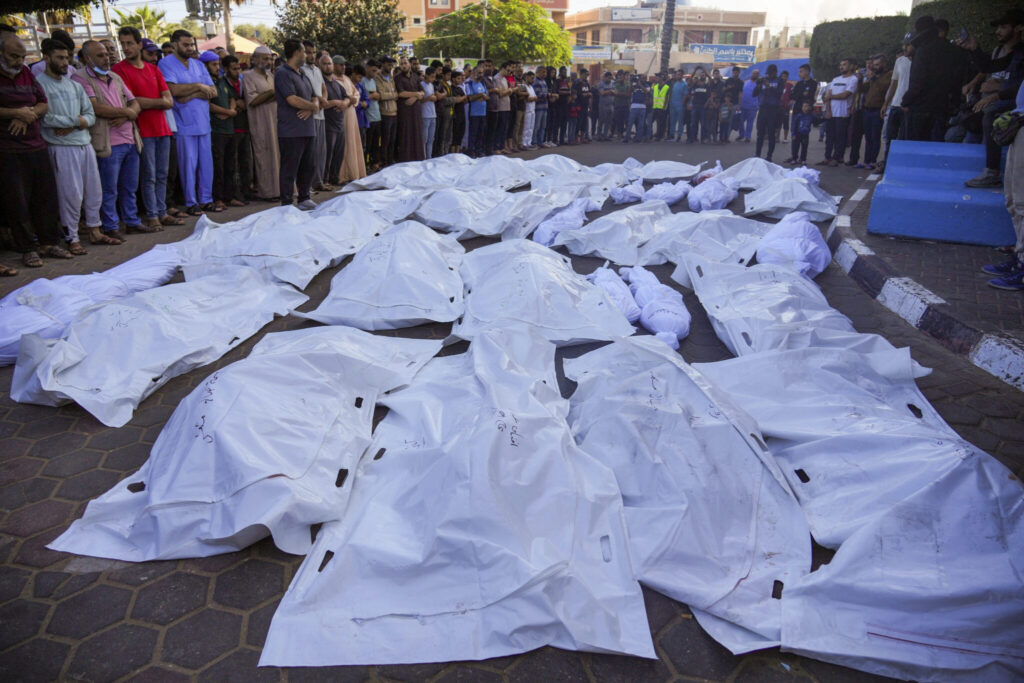
Ghassan Abu Sitta, a surgeon at al-Shifa hospital, said the bombardment of the camp shook the hospital’s buildings.
“They pounded the camp all night. The buildings of the al-Shifa hospital were shaking all night, and we started getting the bodies and the wounded. It was horrendous,” he told The Associated Press.
AT LEAST 2 KILLED AS AIRSTRIKE FLATTENS HOUSE IN SOUTHERN GAZA
KHAN YOUNIS, Gaza — Dozens of civilians and emergency workers helped dig for survivors after an airstrike flattened at least one building in the densely populated al-Amal district of Khan Younis city in southern Gaza.
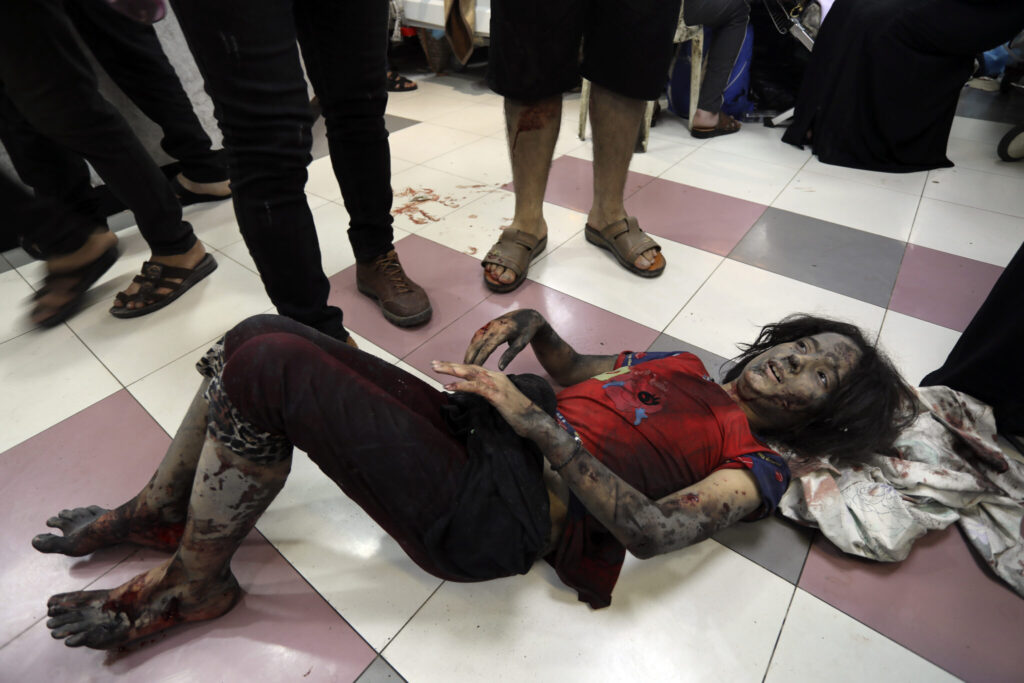
“There were no grown-ups, the house was full of children,” said local resident Soliman al-Faqawi, pausing momentarily from the communal dig.
Suddenly a teenage boy was pulled from the rubble alive, wincing in pain, his body completely covered in soot and dust. He was quickly placed on a stretcher and carried away for treatment,

